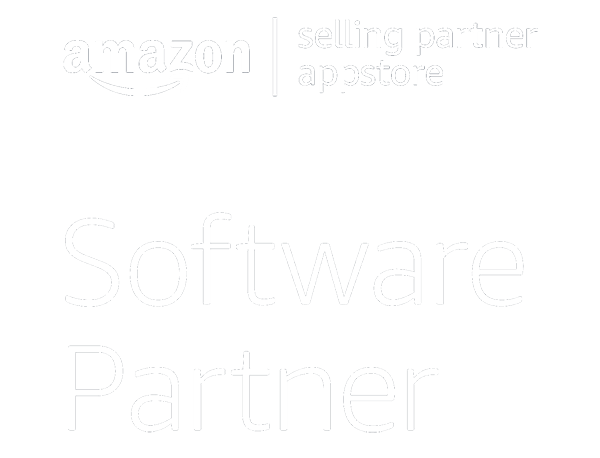
As small business owners, we hear so much about cutting, slashing, “do more with less” business expenses. Whether we’re in growth mode or operational mode, it’s always in our interest to be lean. While I’m all for trimming wasteful spending, negotiating for better vendor contracts, optimizing payroll, and other forms of spend management optimization, there is an underrated, under focused-on factor in your cash flow: income management.
Why does income management fly under the radar? Well, Google “small business income management” and see what you find—a bunch of articles about budgeting, expenses, and loans. Cue the deep sigh, none of that is income management.
The distinction is important because when businesses need to improve their cash flow, they often default to cutting expenses or seeking a loan. Both of those strategies come with costs. The cost of running too lean might shrink your team’s bandwidth or hurt your ability to operate efficiently. The cost of raising capital comes in the form of interest, fees, or equity.
Income management—getting paid consistently, predictably, and most importantly, fast—is much cheaper. It’s a skillset every business owner should own. It can be baked into your business and financial operations. It can be supercharged with technology. Before you sacrifice anything valuable in an effort to trim expenses, and before you apply for a loan, there are four ways I’ve found that can help you maximize your income and create more predictable cash flow.
Invoice properly
One of the primary reasons that cash flow is important is that it distinguishes between what you’ve charged your customers and what they’ve actually paid. In other words, you can claim the revenue for your business but you can’t do anything with the money you don’t yet have. Your invoicing process is how you get paid, so optimize it.
If you’re invoicing monthly, consider switching to every point of sale. Move up your timetable to get paid faster. Templatize for different types of invoices. You might even test formats to see which styles get paid the fastest.
Lastly, make it as easy as possible for customers to pay. Checks, cards, online payments or transfers, whatever it takes. Build compatibility into your invoicing process—your customers are far more likely to pay quickly if it’s convenient.
Improve your collections process with technology
Follow up on invoices persistently and make sure you’re getting paid fast. If your business routinely has cash tied up in unpaid invoices, consider tightening your collections process. Build in triggers for reminders before the due date. Set up alerts to anticipate accounts that need extra attention. If you think a phone call would help, build that into your process. Send past due letters as soon as the date passes, and ramp up the cadence of collection attempts. All of this can be prebuilt and executed efficiently with the right technology.
Maybe you already use invoicing software to generate and send invoices. You should integrate that with a financial management tool, so you can begin to leverage predictive insights and machine learning to help perfect your collections process. Those may sound scary, but they will simplify things for you.
Don’t let a customer’s cash flow issue become your cash flow issue.
Monitor your cash flow (not just your profit/loss)
Speaking of cash flow, a recent survey from Viably shows that only 45% of small business owners monitor it. Considering it is the most common reason businesses fail, it’s alarming that more than half of us aren’t even checking it.
I don’t suggest business owners should write cash flow statements in their (lack of) spare time. Again, let technology work for you. When your financial management platform is integrated with all of your invoicing, expense tracking, and accounting tools, you’ll see past, current, and future cash flow as you run your business.
There are a lot of factors that can predict your cash flow. How many outstanding invoices do you have? What percentage of them can you expect to pay on time? Are there seasonal factors that impact your expected income? Did you just land a major recurring client?
You shouldn’t need a spreadsheet and a calculator to see how much cash you can expect at any point in the future. Simply knowing what to expect will go a long way toward helping you capitalize on the next opportunity to grow your business.
Leverage invoice financing options
Say you’re a superstar at invoicing and collections processes. My first few tips are simply tales of your early days in business that you’d like to forget about. Let’s talk about making your income work harder for you.
Part of maximizing your business is having cash on hand when opportunities arise. But sometimes, your traditional loan or fundraising options are too slow for the opportunity in a tight window. You may have an ace in the hole that you didn’t even realize.
Your recurring revenue and pending invoices can be immediately converted into cash. For a small percentage of the invoice or contract, this underutilized financing option is a quick and effective way to inject cash into your business.
This leads us to the most important part of income management. You’ve worked hard to make the deals, land the clients, and grow your business. The cash should be there when you need it. While we all trim unnecessary expenses, the most successful businesses don’t sacrifice their competitive advantages by cutting costs. With the right approach to income management, you’ll have the cash on hand without disrupting your business operations.


